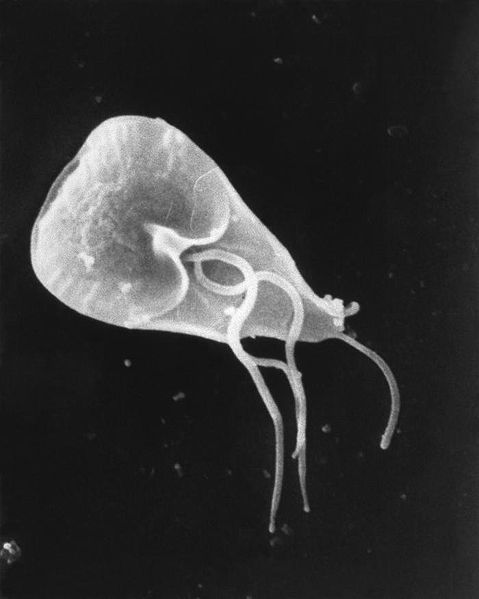
Giardia lamblia is a protozoan parasite found in the small intestine of vertebrates. The most common cause of transmission in cats is faecal-oral, but cats can also become infected by drinking water containing the infective cysts.
Most cats are asymptomatic, although they may keep passing on cysts for months or years. Clinical signs are most likely to be seen in younger animals from multi-cat households or environments.
If large numbers of trophozoites develop the cat will develop symptoms, which include:
- foul smelling stools (often yellowish, foamy/frothy)
- vomiting
- weight loss
- flatulence
- abdominal distension.
Faecal flotation in zinc sulfate solution may be used to detect cysts. Three stool samples should be studied over a period of 7-10 days before a definite diagnosis is made. Alternatively, ELISA (enzyme-linked immunosorbent assay) can be used.
Giardiasis (also known as beaver fever) can be treated with metronidazole, furazolidone or fenbendazole.

Leave a Reply